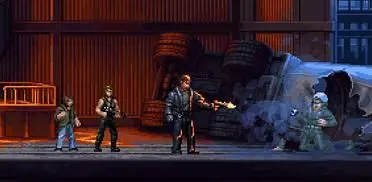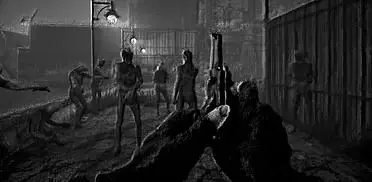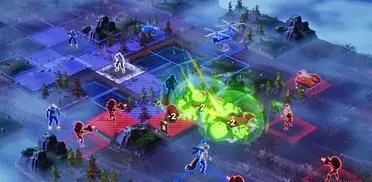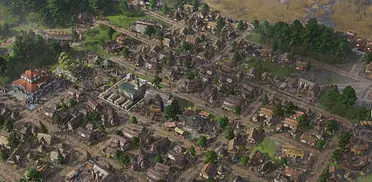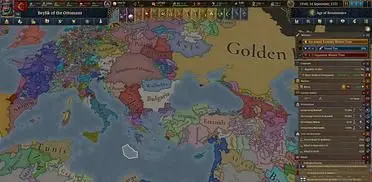By Ralph Gerth, Game Designer for Making History II.
In Making History II: The War of the World, the game map is divided into smaller territorial areas we call regions. Similar to a province, regions are the primary possession of every nation. One of our foremost goals for MHII was to increase the concept of the nation as a character in the game world. We wanted them to have a greater presence besides just responding to players actions or acting as a stiff scripted entity. Since a nation is defined by both the government and the territory it controls, the regions seemed like the fundamental location for generating and organizing the gameplay. Conceptually, we want the game to be a dynamic space where regions are in varying degrees of flux. The governments running the nations are one force in this equation; the other part is driven by the people who make up the population of your regions.
The regions in MHII are not simply chunks of map space that players vie over. Each of the approximately 1500 individual land partitions come with their own set of properties covering demographics, infrastructure & terrain. All are assigned a value based on a summary of what assets the region contains. Players can make a variety of improvements by starting projects that upgrade transportation infrastructure, defensive structures and production facilities. Food and raw materials like coal, oil and metals are produced and managed at the region level. These vital resources are required to feed your population and your industries. Developing infrastructure increases the value of a region which in turn will add to the overall national score.
Regions also produce the labor needed to run the farms, factories and fill the ranks of your military forces. The population in every region has its own separate identity, growth rate and revolt risk. The identity properties are used to form associations and common bonds between other regions in a nation and those beyond. Identity also determines to a large degree, how easy it is to govern them. Expanding nations that attempt to assimilate regions with different cultures, ethnicities and religions into their realm will face challenges to their national stability. Like mini-nations in waiting, regions can rebel and in many cases form a separate or independent nation themselves. Players will need to be strategic about how they treat the populations they control. Militarizing restless colonies and conquests can be expensive and a drain on valuable manpower. The threats to your nation are now both external and internal. Non-national populations will likely prefer independence over foreign control and it may be in your interest to let them go.
MHII covers an era that begins in 1933 and extends beyond the historical end date of the Second World War. We wanted the gameplay to deliver the major geopolitical themes of that tumultuous period: industrial progress, western imperialism, warfare driven by ethnic nationalism and political ideology. It’s an age when colonial empires ruled and when they started falling apart. World War II on its own offers more gaming potential than probably any other conflict in human history. With Making History II, we strive to offer gameplay that represents not only the war but many of the political, economic and demographic forces that ultimately instigate events. It all begins with the regions and people who reside there.




